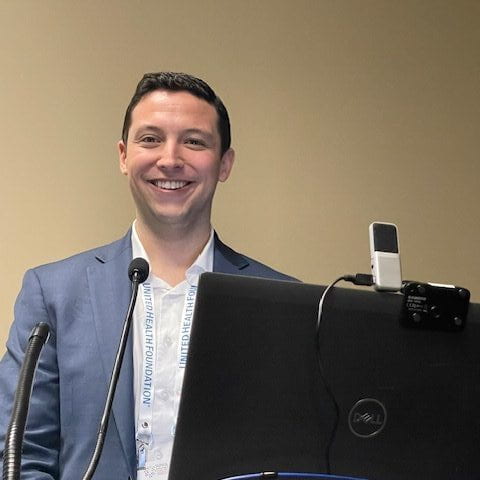
- This event has passed.
Presentation: Temporal trends of COVID-19 infections in New York City transit workers during the onset of the pandemic
November 12, 2023 @ 4:30 pm - 5:00 pm EST


Michael Cziner (Data Manager, Transit Worker Study) is presenting our recent publication at APHA’s 2023 Annual Meeting and Expo. Join us to learn more about our findings!
Epidemiology 4:45 PM – 5:00 PM
Session: Round Table 3: The Cost of Being an Essential Worker
Program: Occupational Health and Safety
Authors
Michael Cziner, New York University
Devan Hawkins, MCPHS University
Jonathan Rosen, MS CIH FAIHA, AJ Rosen & Associates LLC
Alexis Merdjanoff, PhD, New York University
Robyn Gershon, NYU School of Global Public Health
Abstract
Background: Throughout the COVID-19 pandemic, continuity of New York City (NYC) public transportation was maintained so that essential workers could continue to commute. The full impact of this policy on NYC transit workers is still being determined.
Objective: To compare temporal trends of COVID-19 incidence between NYC transit workers and NYC residents during March-April, 2020.
Methods: Weekly NYC transit worker case data were obtained from injury and Illness logs. NYC resident case data were obtained from the NYC Health Department. Cases per 100,000 were compared weekly.
Results: Cases of COVID-19 in NYC transit workers peaked one week earlier than in NYC residents. Both the increase and decrease in transit workers’ cases were steeper than in NYC residents’ cases. At their highest levels, NYC transit workers and NYC residents had roughly equivalent COVID-19 case rates (430 transit worker cases/100,000, 422 NYC resident cases/100,000). From March-April, 2020, tower operators, flaggers, and subway operators had the highest COVID-19 rates of any transit occupation.
Conclusion: These findings show that NYC transit workers were likely impacted by COVID-19 earlier than NYC residents. The steeper decline in cases in transit workers may indicate that decreased ridership, reduction in work hours, or other measures may have been effective in protecting transit workers. All necessary safeguards must be ready to implement at the first sign of an emerging disease in order to adequately protect transit workers and to ensure that essential transportation services are available during public health crises.